We've looked at how objects absorb water before using sponges, underpants and even the good old walking water experiment. Today, we're conducting an absorbing experiment with a twist, aiming to halt the process and investigate which materials absorb water and which don't.
Sugar cubes work well as they absorb water quickly, and if you add a little food colouring, it's fun to watch the cube change colour.
We experimented by placing different materials between cubes to find out if they stopped the water from travelling up the cube.
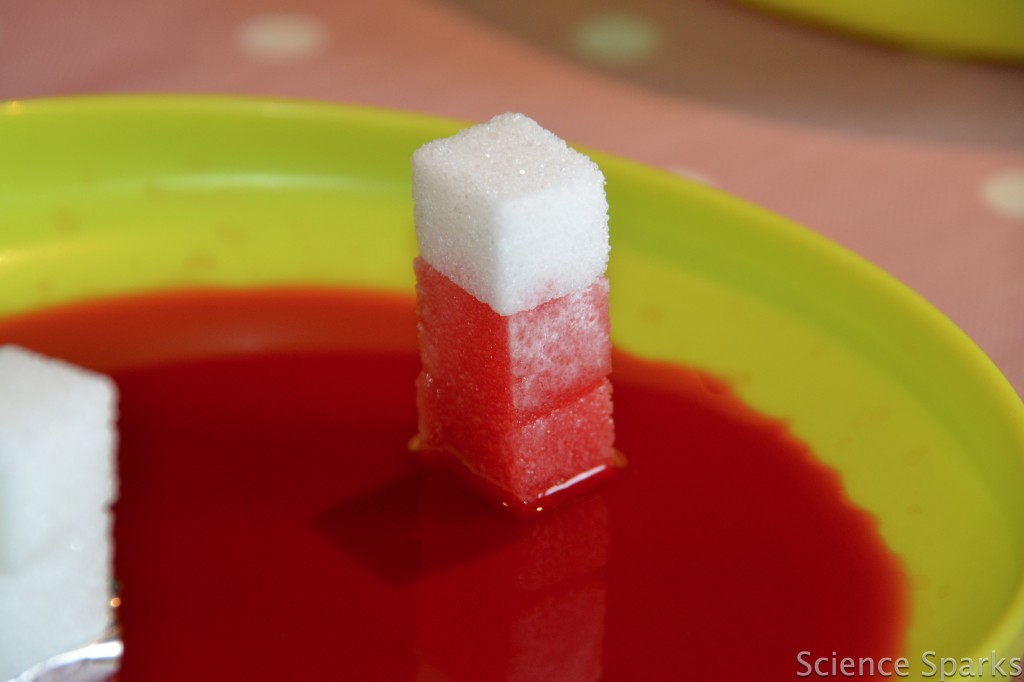
Absorbing Experiment Materials
- Sugar cubes
- Plate
- Water
- Food colouring
- Aluminium foil
- Cling film
- Paper
- Kitchen towel
Sugar Cube Tower Instructions
Add a few drops of food colouring to a little water and pour it onto the plate.
Add a stack of sugar cubes and watch what happens. The coloured water should move up the stack of cubes and eventually make them collapse. Check how many cubes the coloured water passes through before stopping. Ours only reached cube 3.
Add a small foil sheet on top of one sugar cube and stack some more on top. Does this stop the water from reaching the top cubes?
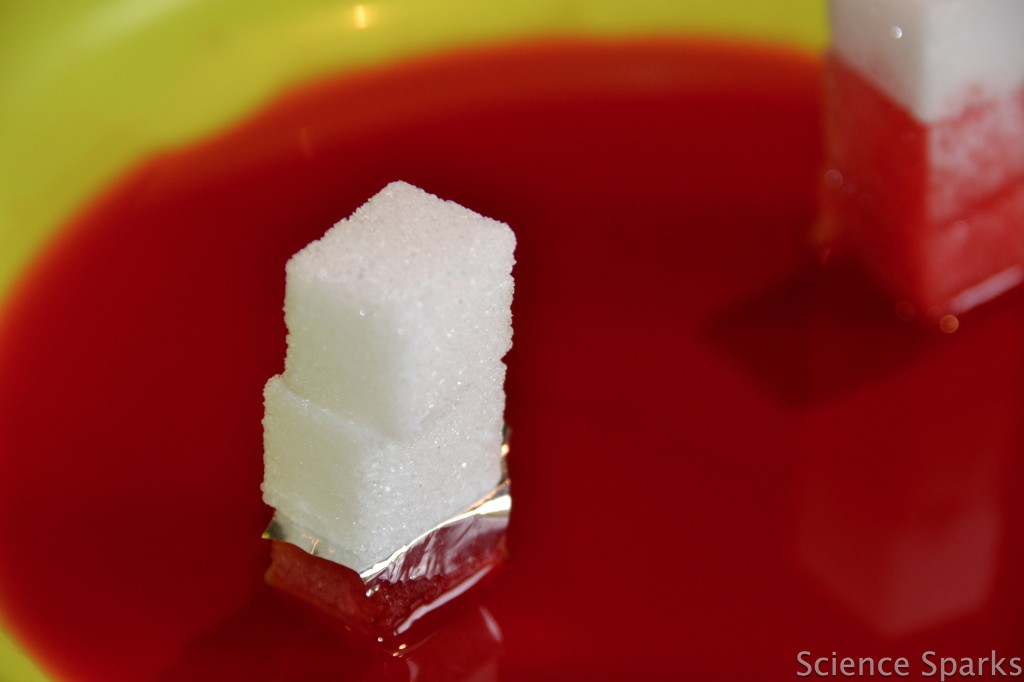
Try the same with clingfilm, paper, or tissue. Which works the best?
Can you try to predict which material will stop the water from spreading through the cubes the best?
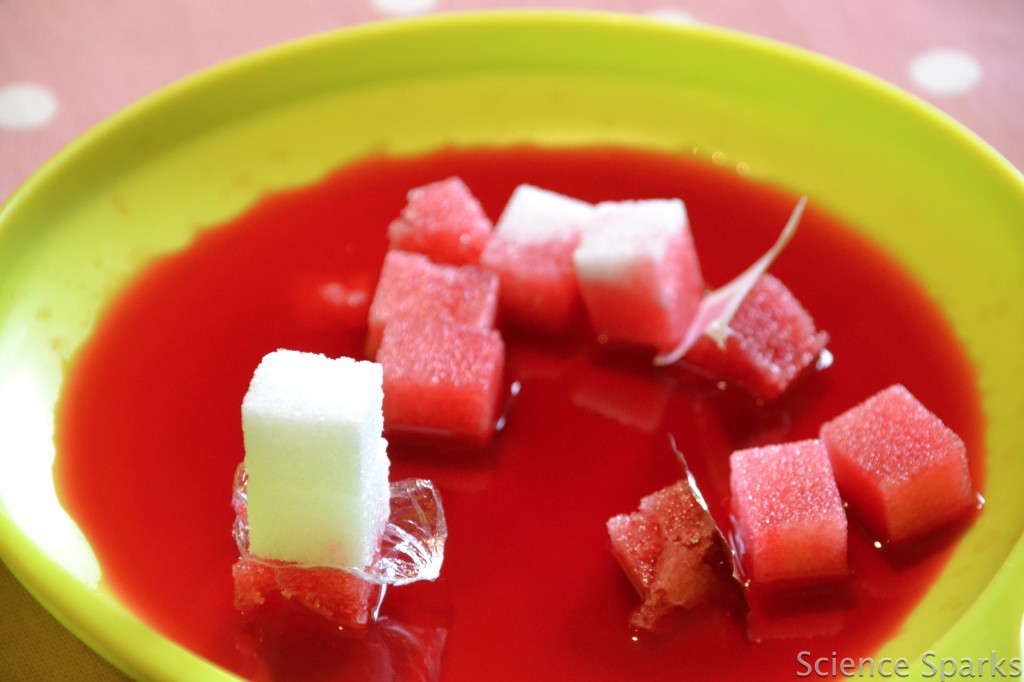
Which falls down first?
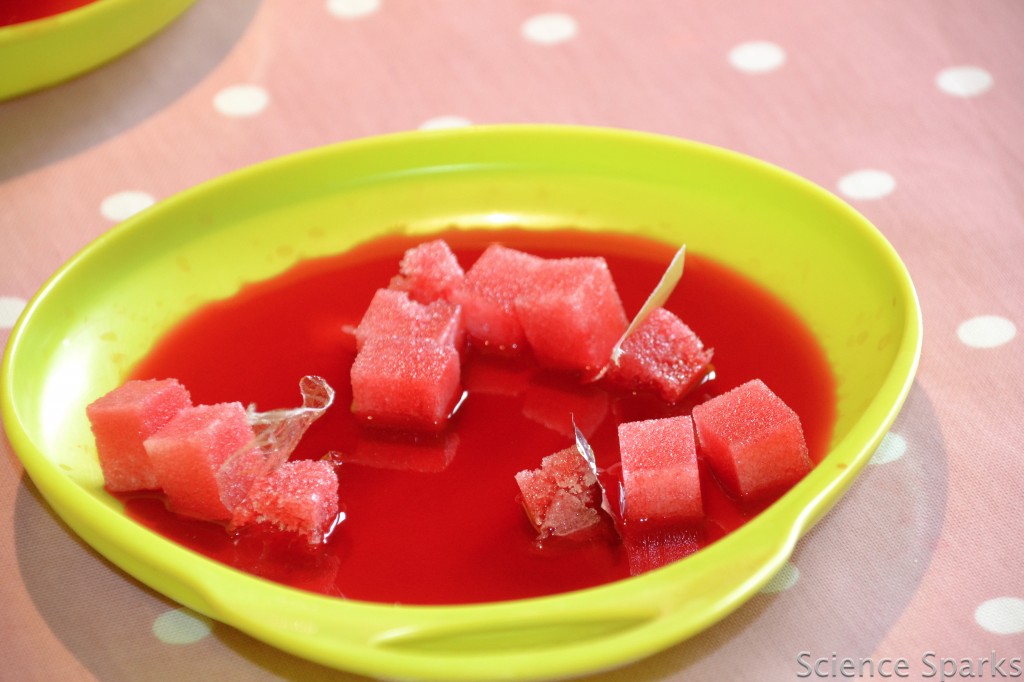
What's happening to the sugar cubes?
The sugar cubes absorb the water, as you can see by the colour rising through the cubes. Our foil and cling film temporarily stopped the water flow, but eventually, it found its way through. I think we cut the foil/clingfilm a little too small. These were the last stacks to fall through.
The paper absorbed the water quickly and let it reach the cubes above. This is because the paper is porous, allowing water to pass through it. The foil and cling film prevent water from passing through.
If you leave the sugar cubes long enough, they will dissolve completely and collapse.
Extension tasks
Design an investigation by thinking about how to make it a fair test. Think about the amount of water used, the number of cubes and the amount of material used to block the water.
Perhaps you could time how long each cube tower takes to fall!
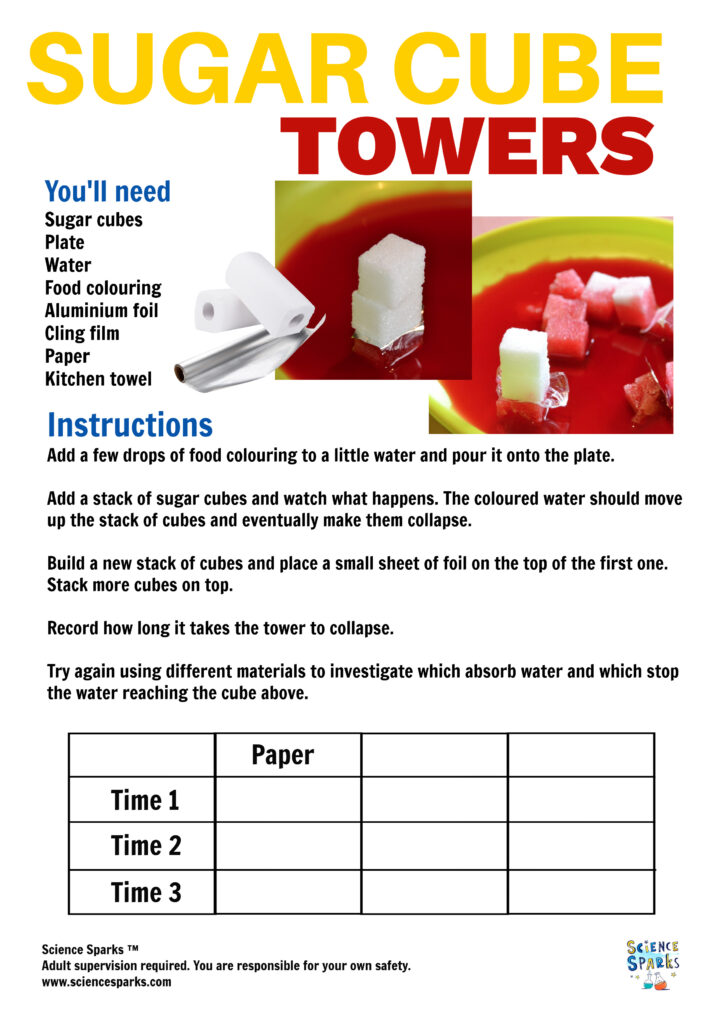
Make it a Challenge!
Can you stop the tower from toppling?
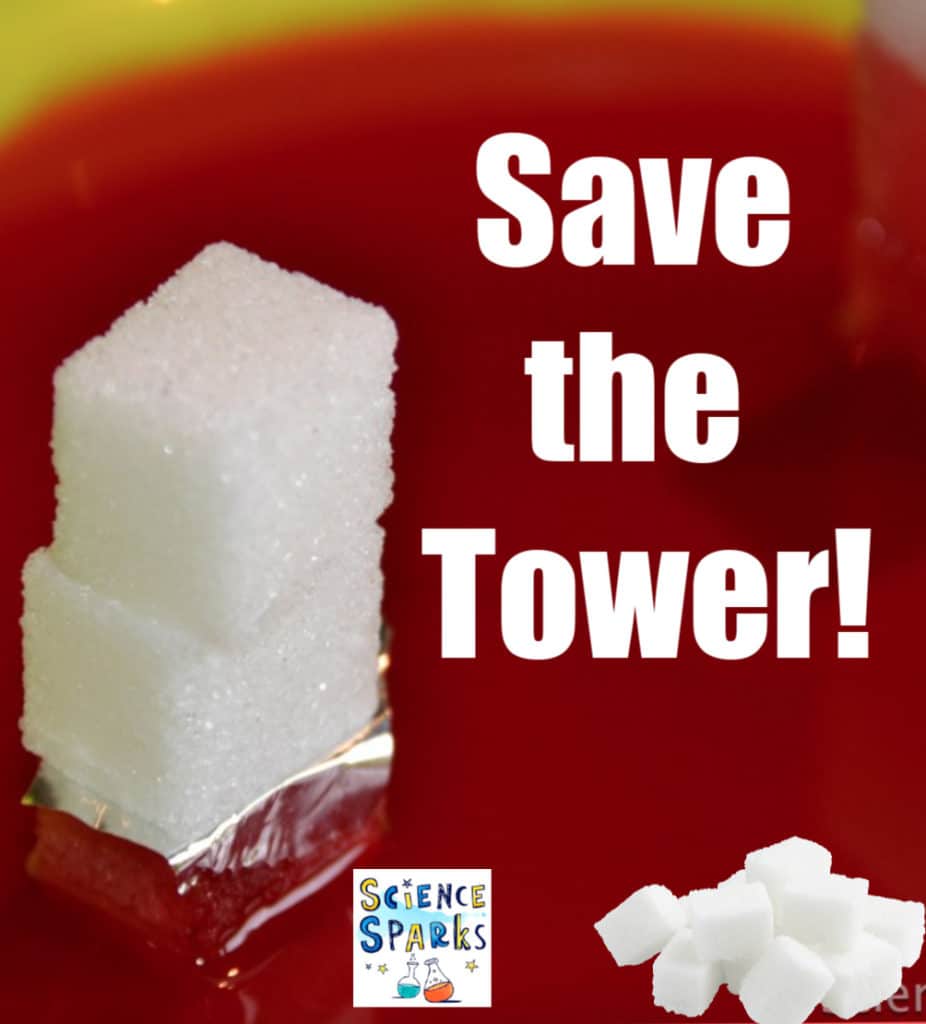
More absorbing experiments
Can you waterproof a boot or a dinosaur?
Slightly different, but Tinkerlab has a brilliant activity where celery draws coloured water up through its stem. You can also use the same technique for making coloured flowers!
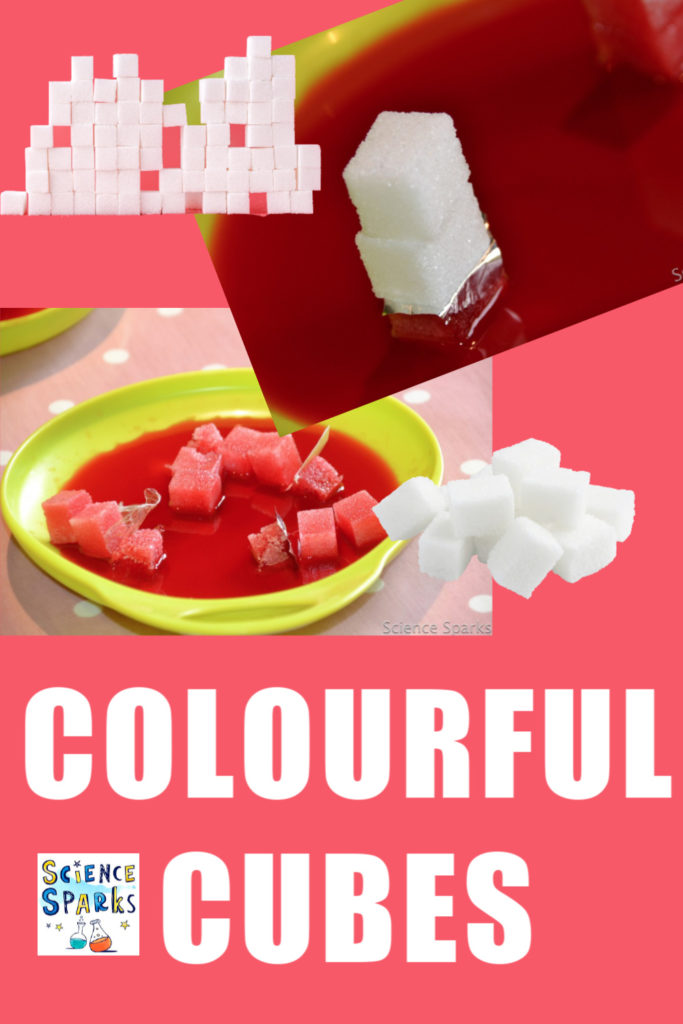
Suitable for Key Stage 1 Science
Investigating Materials
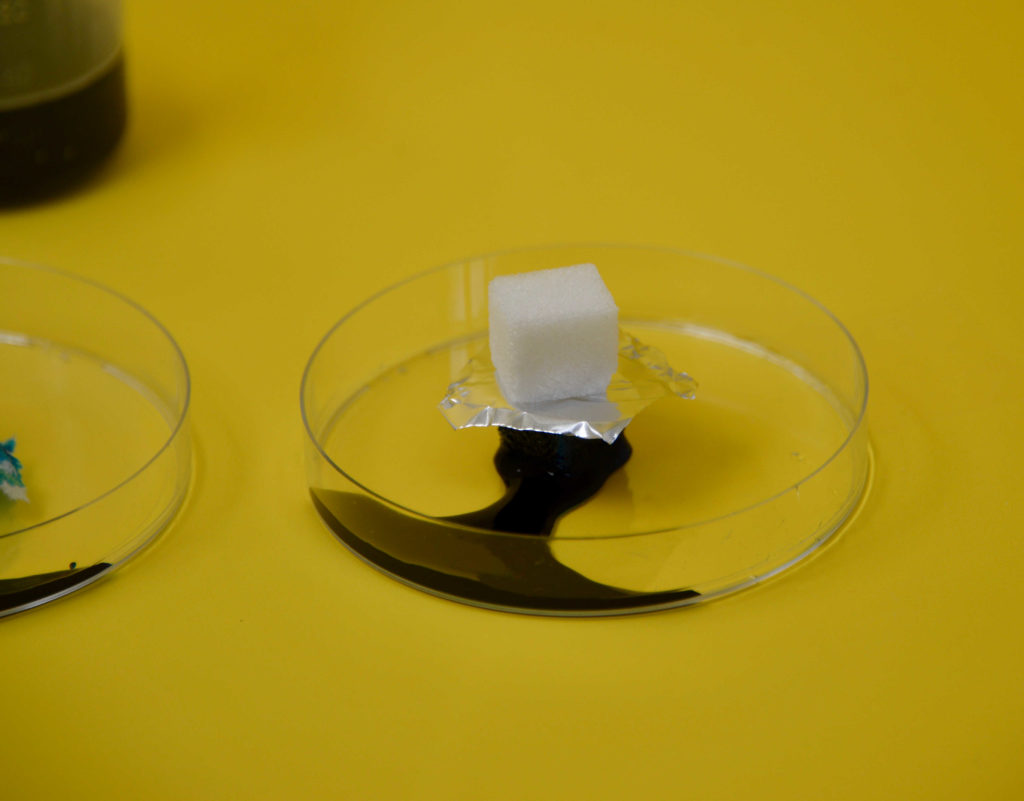
Last Updated on July 7, 2025 by Emma Vanstone

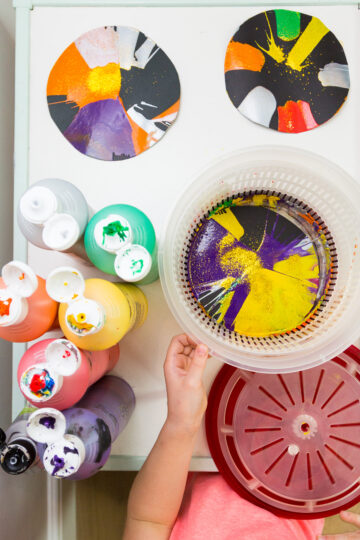
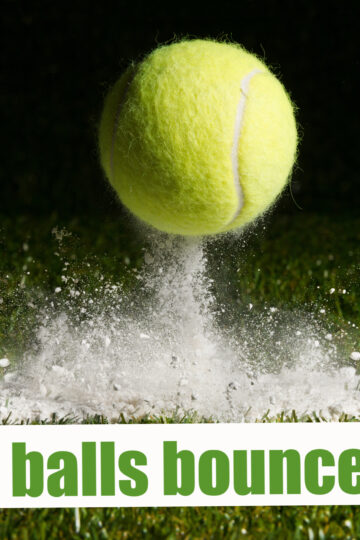
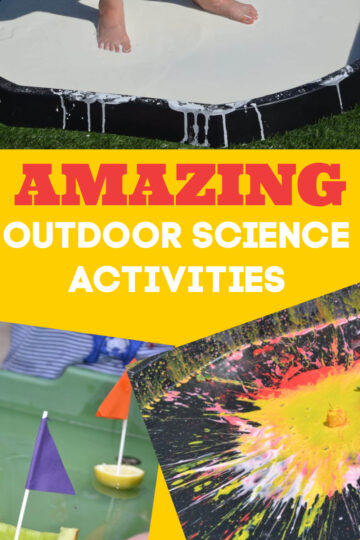
Susan Mann says
Very interesting. x
Niamh Bevan says
I'm sure the children loved watching the whole process but I'd be extremely interested to know how many 5 year olds were able to manage figuring out the cause for the sugar melting at different paces. It is within their grasp as I'm sure they've all handled kitchen paper, foil and cling film. Lots of children that age are smart enough to figure it out in those circumstances.
ScienceSparks says
My main aim with these investigations is to spark an interest in why things happen. I'm not necessarily all that bothered that my children understand fully the reasons behind it. I just want them to be curious about the world.
ScienceSparks says
we had soo much fun!
mom is the only girl says
I like this idea! I was going to do the paper towel absorption experiment later today, now maybe I'll do both!
Rebekah @ The Golden Gleam says
Such a neat experiment!
ScienceSparks says
its cool isn't it?
heather at wordplayhouse® says
The sugar cubes are ideal for your experiment! The water absorbing shows so clearly for children, and it adds a little bit of fun to the science experimenting that you are using both sugar and color—2 things children really seem to love!
maggy, red ted art says
Wow, great fun... my kids would want to eat it! Wonder if I could make them wait until the end of the experiment!
Thank you for sharing on Kids Get Crafty!
Maggy & Alissa
ScienceSparks says
Yes I always remember sneaking the sugar cubes from my grandma's bowl!
MaryAnne @ mama smiles says
Fantastic experiment! Tempted to buy some sugar cubes now...
ScienceSparks says
Do, because we shall be doing some more experiments with sugar cubes!
Natalie says
I love this, especially since the results are eatable and it's very visual.
Beth says
What a cool experiment!! My kids would love this! Thanks for sharing on TGIF! Have a great week,
Beth =-)
ScienceSparks says
Thanks Beth!
lis says
the problem I encountered is that with most of the materials I tried, the bottom sugar cube collapsed well before the top cube got any moisture in it at all. so I turned the experiment upside down--stack two sugar cubes, lay a piece of plastic/foil/paper/fabric/whatever on top, then use an eyedropper to put water on top. this worked much better.
Amy says
How long does this experiment take? I only have one hour with my kids and was wondering if the water will make it through the sugar by then.